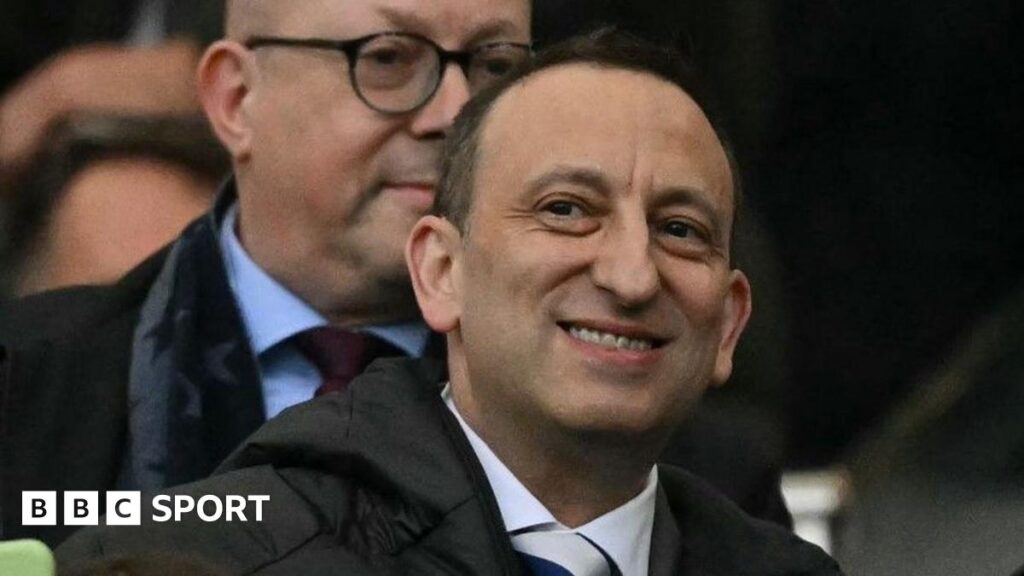Mooney doesn’t see any reason to view Bloom’s claims about Hearts as anything other than credible, purely because of what he has at his disposal.
“if you look at some of the other teams he’s been part of, if you look at Union-Saint Gilliose in Belgium, if you look at Brighton in England, their kind of pound-for-pound impact has been very, very high,” he said.
“So if you think they’ve been able to get a £200 million outcome for £100m spend, that kind of impact.
“You take that to Scotland then, and do you have enough intellectual firepower to overcome the gap between the giant clubs and everybody else?
“It’s hard to say for sure, but I think if there’s anybody who’s got a chance and has got the means to try and do that, I think possibly he does.”
AI is the new battlefield in football and as well as a race for trophies, there’s currently an arms race for the very latest tech.
The new technology is transforming areas such as analysis, player fitness and most importantly scouting.
“It initially started with the man doing the match report and player analysis but it’s changing and the stuff we’re seeing now is scary,” said John Park, St Mirren’s head of recruitment.
“Only last week we had students in from the engineering department of the University of Strathclyde, profiling players with us.
“We’re right at the start of it and I think we may bring the students in to do their final thesis – who knows where it might go.”
Park spent many years at Celtic and was responsible for the arrival of players like Virgil Van Dijk and Moussa Dembele – he’s a man who knows a player.
He says the days of people resisting the new technology in football are over and points to player simulation as the next big breakthrough.
If club X is looking at player Y as a potential left-back, the technology now exists for AI to look at every single game player Y has ever played and put him into a simulated match alongside his potential new team-mates.
Analysts no longer have to predict how he might play in the team – they can watch his simulation perform in front of their eyes.
“It means we could essentially take the data to the manager and say ‘look, he does fit us’,” said Park.

